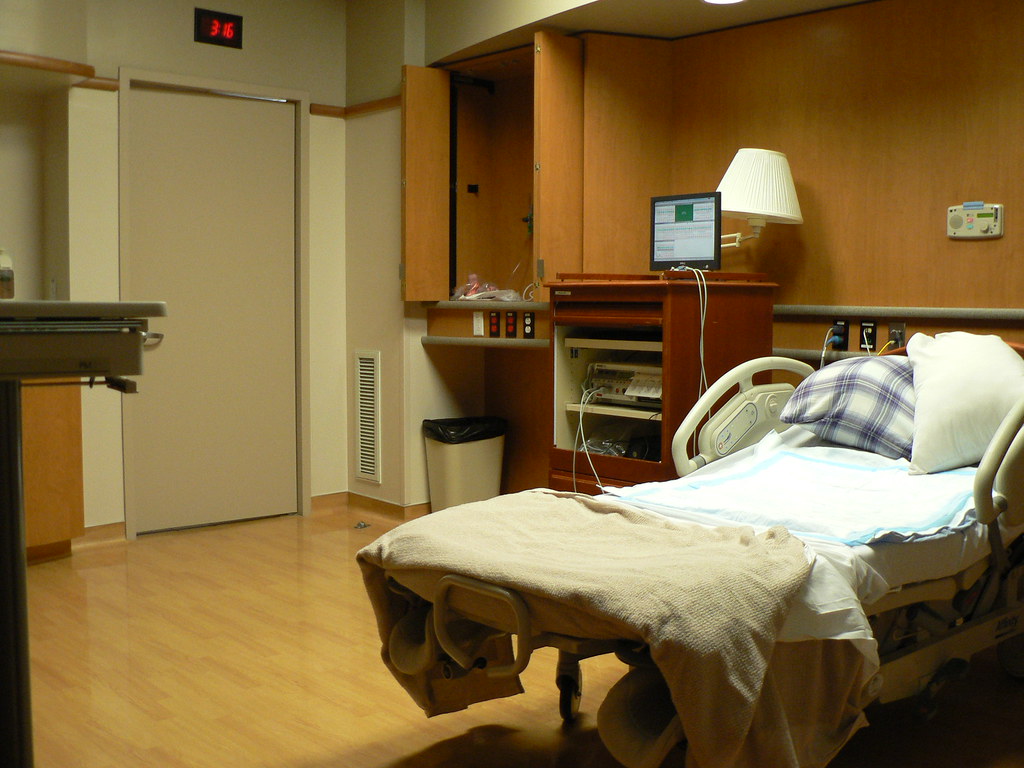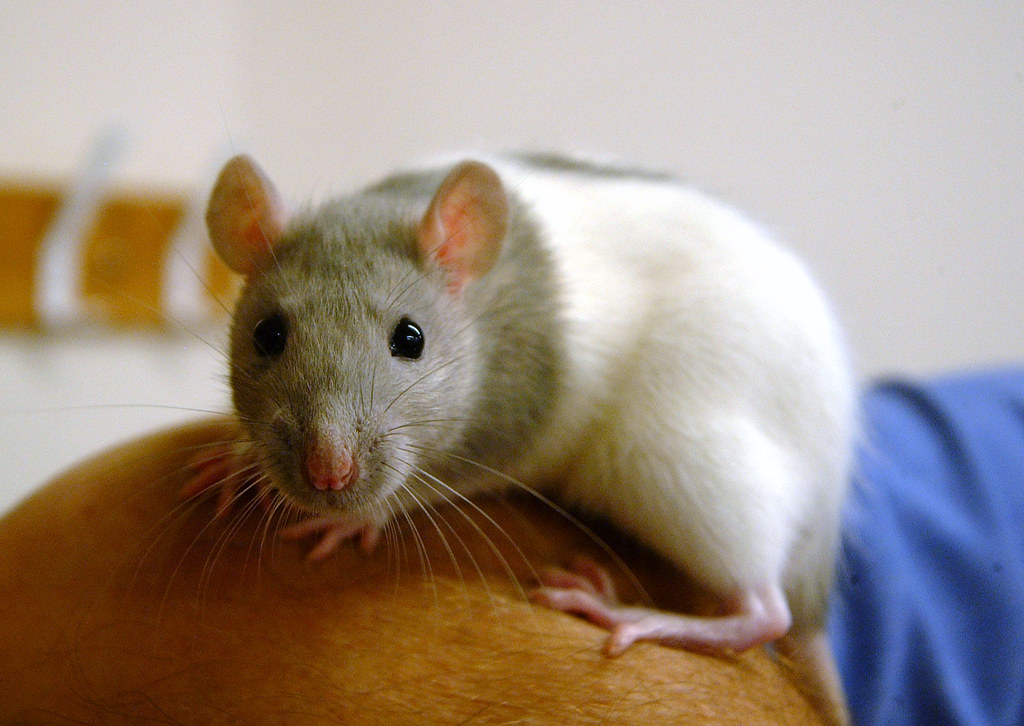On August 1st, New Jersey’s Aid in Dying for the Terminally Ill Act came into effect, and, after the included waiting period, August 16th marked the beginning of its effectiveness. This brings New Jersey into the group of states, including Washington, D.C., that allow terminally ill patients to determine the manner in which their lives will end. Maine has a bill that will go into effect in September, which will bring the group of states/DC that have aid-in-dying legislation to ten out of fifty-one.
Legal principles in aid-in-dying cases rest on core values that the US Constitution is designed to protect. The major legal principles that have been relevant physician assistance cases include the Due Process Clause and the Equal Protection Clause.
The Due Process Clause protects our liberty to make our own decisions about the most important parts of life – like marriage, children, etc. These kinds of life events are recognized by the government as particularly important for individuals and are thus left to individual discretion. The Supreme Court case of Washington v Glucksburg raised the question of whether this reasoning could be extended in order to protect individual choice in end-of-life care. The plaintiff argued that end-of-life is one of those important times in our lives. As such, terminally ill patients should be able to be allowed control and physician aid in dying should therefore be legal. But the Court unanimously held that physician aid in dying was not covered by the due process clause, blocking one avenue to federal protection.
In the Supreme Court case of Vacco v Quill in 1997, the plaintiff argued that the 24th amendment and the Equal Protection Clause made it the case that physician aid in dying should be legal. The legal principle in the case was that like cases should be treated alike, and the plaintiff argued that “voluntary passive euthanasia” was sufficiently like physician aid in dying. “Voluntary passive euthanasia,” where a patient’s death is hastened by the removal of treatment, was legal. Terminal patients could opt to cease medical intervention and/or life supporting aid such as feeding tubes, respiratory aid, and hydration. Because ceasing intervention amounted to hastening death just as physician aid in dying amounts to hastening death for the terminally ill, we should not allow some patients but not others the opportunity to have control over their deaths. Thus, the plaintiff argued, because we should treat like cases alike, and physician aid in dying is basically the same as voluntary passive euthanasia, physician aid in dying should also be legal. The ruling, however, was that the state did not have an interest in protecting the process of hastening death, and the case is often cited as establishing that there is no state interest in protecting a citizen’s “right to die.”
Because of these Supreme Court cases, there is no protection at the federal level for physicians to intervene and allow terminally ill patients to control their own deaths. This, however, has not stopped the nine states and D.C. from either legally outlining such a protection through legislation or through judicial precedent. Opposition, on the other hand, is often motivated by the moral evaluation of the intervention more than the legal standing.
The main values that conflict in the moral debate over aid-in-dying are the inherent value of life on the one hand, and the rights of liberty or autonomy to determine how your life is shaped and will unfold on the other. For many, it is a grave moral wrong to end a person’s life, regardless of the circumstances (for discussion see Marko Mavrovic’s “What It Means to Legalize Euthanasia”). This may be the most central ethical prescription for creatures with the moral standing that comes with being a person. However, for most there are exceptions to this tenant. Perhaps ending someone’s life in self-defense isn’t completely morally forbidden, or perhaps there exists some moral calculus that points to a good (like the avoidance of harm) that could justify the sacrifice of one person’s life.
If we admit cases like these into our moral perspectives, we move away from absolute evaluations and allow for the weighing of morally relevant features; we could think it’s likely that there are other goods which compete with the value in not ending life. Non-interference with how a person wishes to live their life is a core moral value that can be at odds with the duty to preserve life. When a competent person makes up their mind to end their suffering, it is unclear to many that it is right to prevent this. And when there are experts that can ensure a safe and humane procedure, this leads to many advocates defending physician aid-in-dying legislation. Growing support appears to favor allowing terminal patients more autonomy in how they spend and end their final months.


